

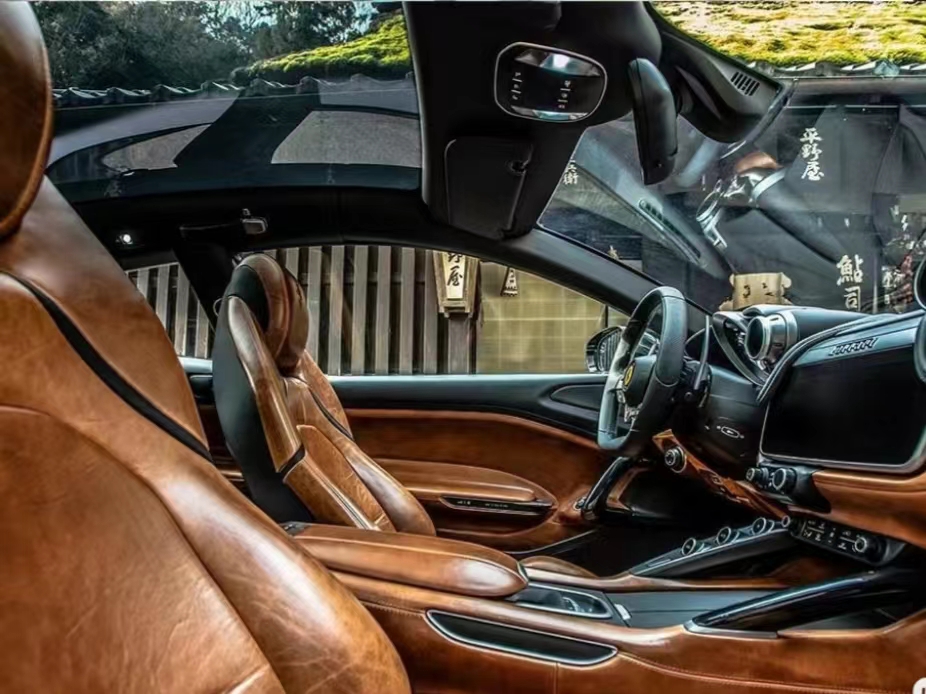
Automotive interiors are one of the most widely used and demanding applications for artificial leather. Let's take a closer look at the requirements and main categories of artificial leather for automotive use.
Part 1: Stringent Requirements for Artificial Leather for Automotive Use
Automotive interior materials must meet a range of extremely stringent standards, far exceeding those required for ordinary furniture, luggage, or clothing and footwear. These requirements primarily focus on durability, safety, environmental friendliness, and aesthetic quality.
1. Durability and Reliability
Abrasion Resistance: They must withstand the friction caused by long-term riding and entry and exit. The Martindale abrasion test is commonly used, requiring tens or even hundreds of thousands of abrasions without damage.
Light Resistance (UV Resistance): They must withstand long-term sunlight exposure without fading, discoloration, chalking, stickiness, or brittleness. This typically involves simulating years of sunlight exposure in a xenon lamp weathering tester.
Heat and Cold Resistance: They must withstand extreme temperatures. From 40°C (severe cold) to 80-100°C (the high temperatures found inside a car under intense summer sun), they must not crack, become hard, become sticky, or release plasticizers. Scratch Resistance: Prevents sharp objects such as nails, keys, and pets from scratching the surface.
Flexibility: Particularly for frequently flexed areas like seat sides and armrests, these must be guaranteed to withstand tens of thousands of flexes without cracking.
2. Safety and Environmental Protection
Low VOC Emissions: The release of volatile organic compounds (such as formaldehyde and acetaldehyde) must be strictly controlled to ensure air quality within the vehicle and avoid odors that could affect the health of drivers and passengers. This is a core environmental performance indicator for automakers.
Flame Retardancy: Must meet stringent automotive flame retardancy standards to slow the spread of fire and provide passengers with time to escape.
Odor: The material itself and its odor generated at high temperatures must be fresh and odorless. A dedicated "Golden Nose" panel conducts subjective evaluations.
3. Aesthetics and Comfort
Appearance: The color and texture must match the interior design, ensuring an aesthetically pleasing appearance. Color variations between batches are not permitted.
Touch: The material should be soft, delicate, and moist, with a rich, supple texture similar to genuine leather to enhance the sense of luxury. Breathability: High-end artificial leathers strive for a certain level of breathability to enhance ride comfort and avoid stuffiness.
4. Physical Properties
Peel Strength: The bond between the coating and the base fabric must be extremely strong and resist easy separation.
Tear Resistance: The material must be sufficiently strong and resistant to tearing.
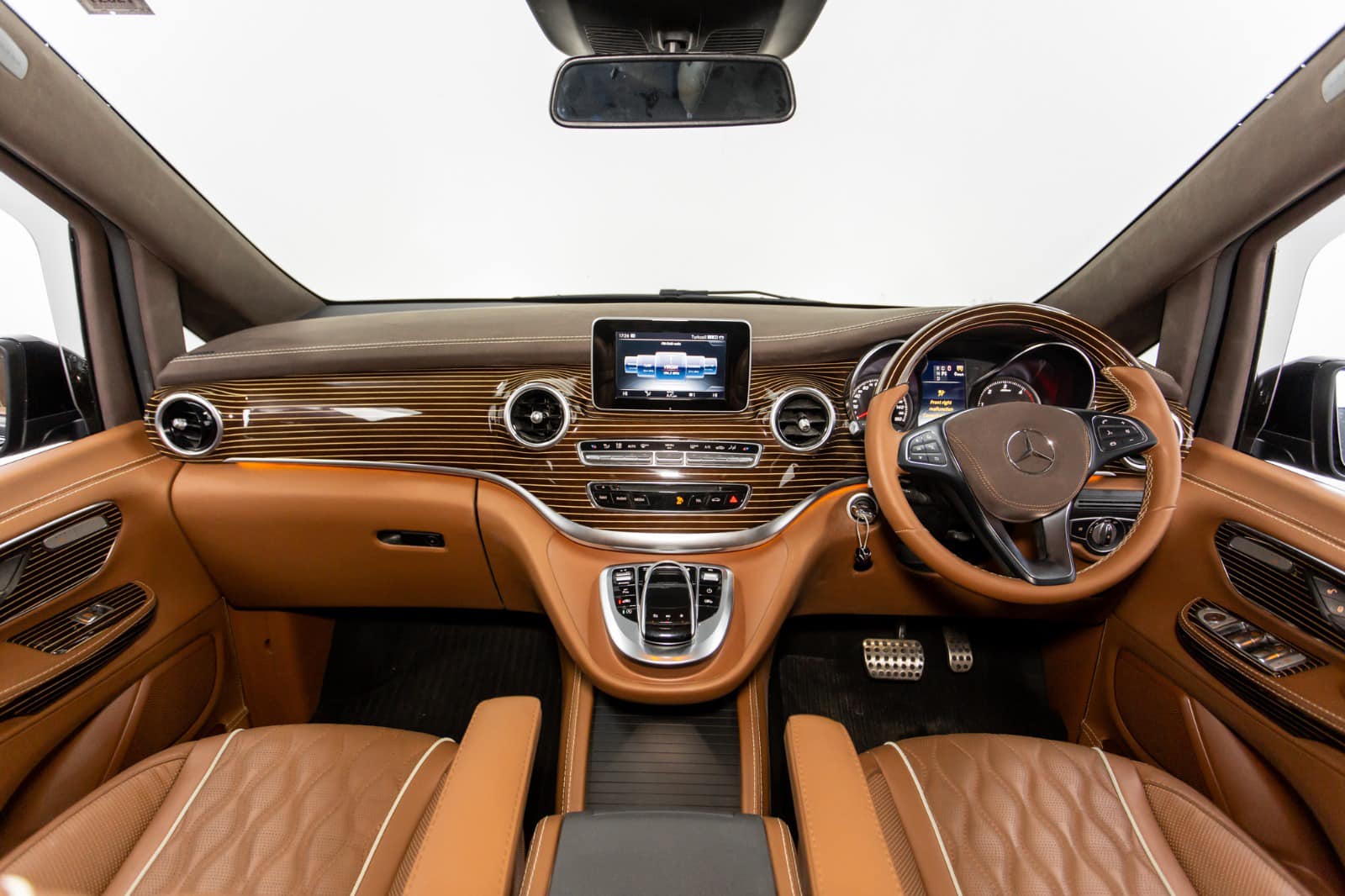
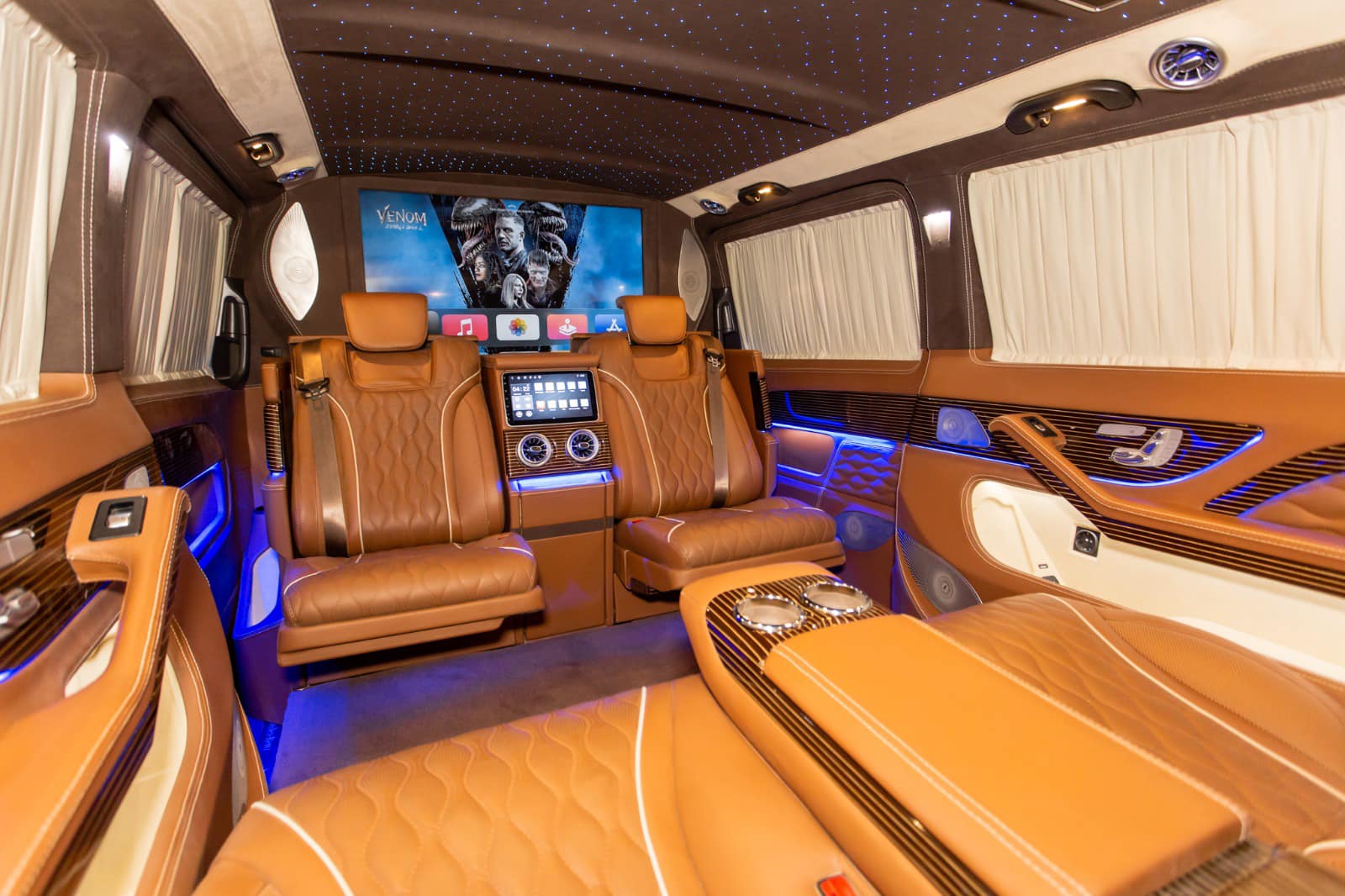
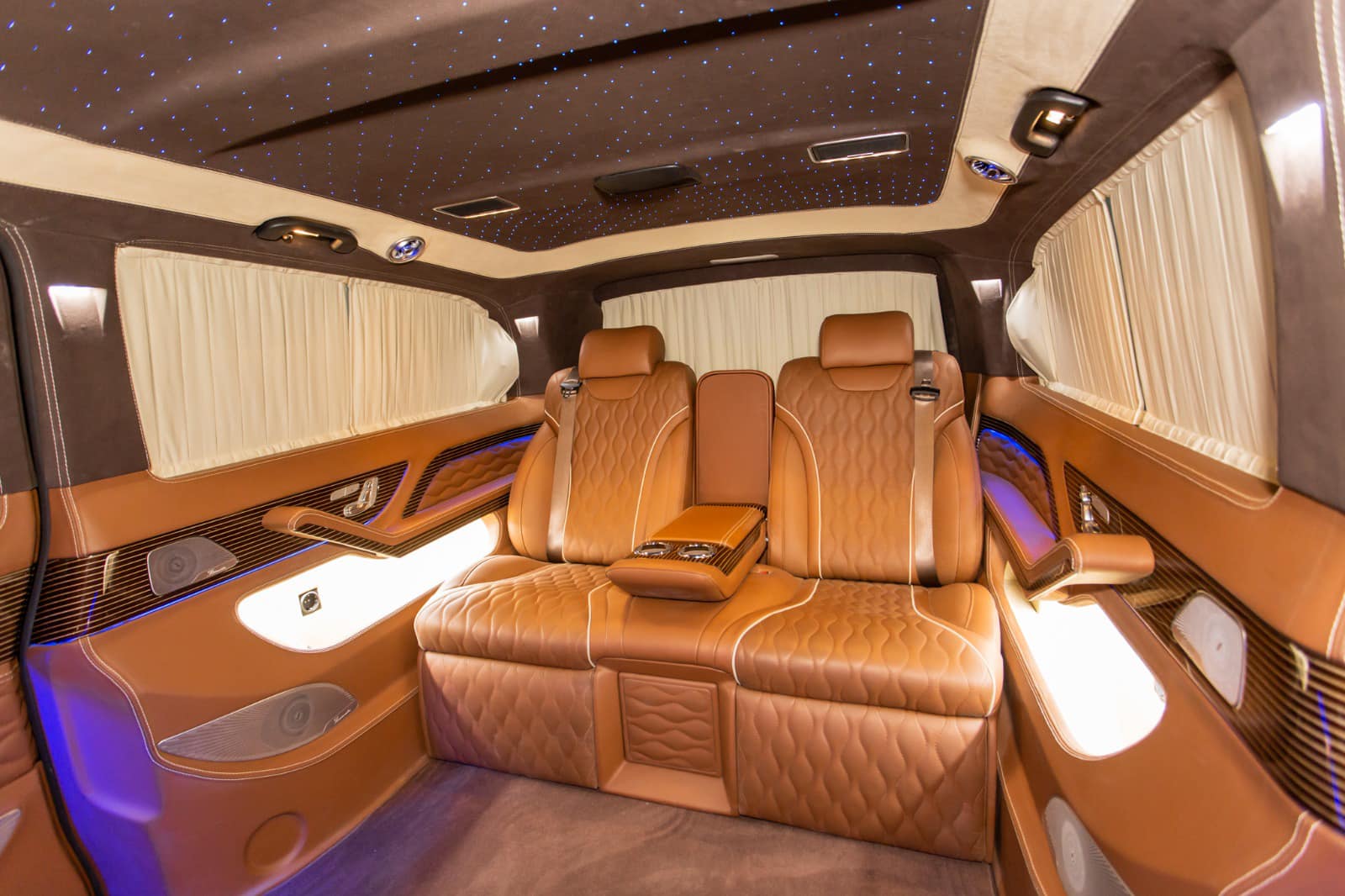
Part II: Main Categories of Artificial Leather for Automotive Use
In the automotive sector, PU leather and microfiber leather are currently the mainstream.
1. Standard PU Synthetic Leather
Applications: Primarily used on non-critical contact surfaces such as door panels, instrument panels, steering wheels, and armrests. It is also used in seats on some economy models.
Features: Extremely Cost-Effective
Core Advantage: Its cost is relatively low, even lower than some high-quality fabrics. This allows automakers to effectively control interior costs, especially for economy models.
Excellent Uniform Appearance and Easy Processing
No Color Difference or Defects: As an industrialized product, each batch is highly consistent in color, texture, and thickness, without the natural scars and wrinkles of genuine leather, ensuring the efficiency and quality stability of large-scale production. A Variety of Patterns and Colors: Embossing can easily mimic various textures, including genuine leather, lychee, and nappa, and any color can be achieved to meet diverse interior design needs.
Lightweight: Significantly lighter than heavy leather, it helps reduce vehicle weight and contributes to lower fuel and power consumption.
Meets Basic Performance Standards:
Soft Touch: Significantly superior to PVC leather, providing a certain degree of softness and comfort.
Easy to Clean: The surface is dense, water- and stain-resistant, easily removing common stains.
Adequate Abrasion Resistance: Suitable for general use.
3. Water-based PU Leather
Features: This is a future trend. Using water as the dispersion medium, instead of traditional organic solvents (such as DMF), fundamentally eliminates VOC and odor issues, making it more environmentally friendly and healthy.
Applications: Increasingly used in vehicles with stringent environmental requirements, it is gradually becoming the upgrade path for all PU-based artificial leathers. 4. Bio-Based/Recycled PET Eco-Friendly Leather
Features: In response to carbon neutrality and sustainable development, this leather is made from bio-based materials (such as corn and castor oil) or polyester fibers made from recycled PET plastic bottles.
Applications: Currently commonly found in models that prioritize environmental sustainability (such as certain new energy vehicles from Toyota, BMW, and Mercedes-Benz), as a selling point for their green interiors.
Conclusion:
In the automotive sector, microfiber PU leather, due to its superior overall performance, is the preferred material for high-quality interiors, particularly seats. The industry is rapidly moving towards water-based and eco-friendly materials (low VOC, bio-based/recycled materials) to meet increasingly stringent environmental regulations and consumer demand for a healthier driving environment.
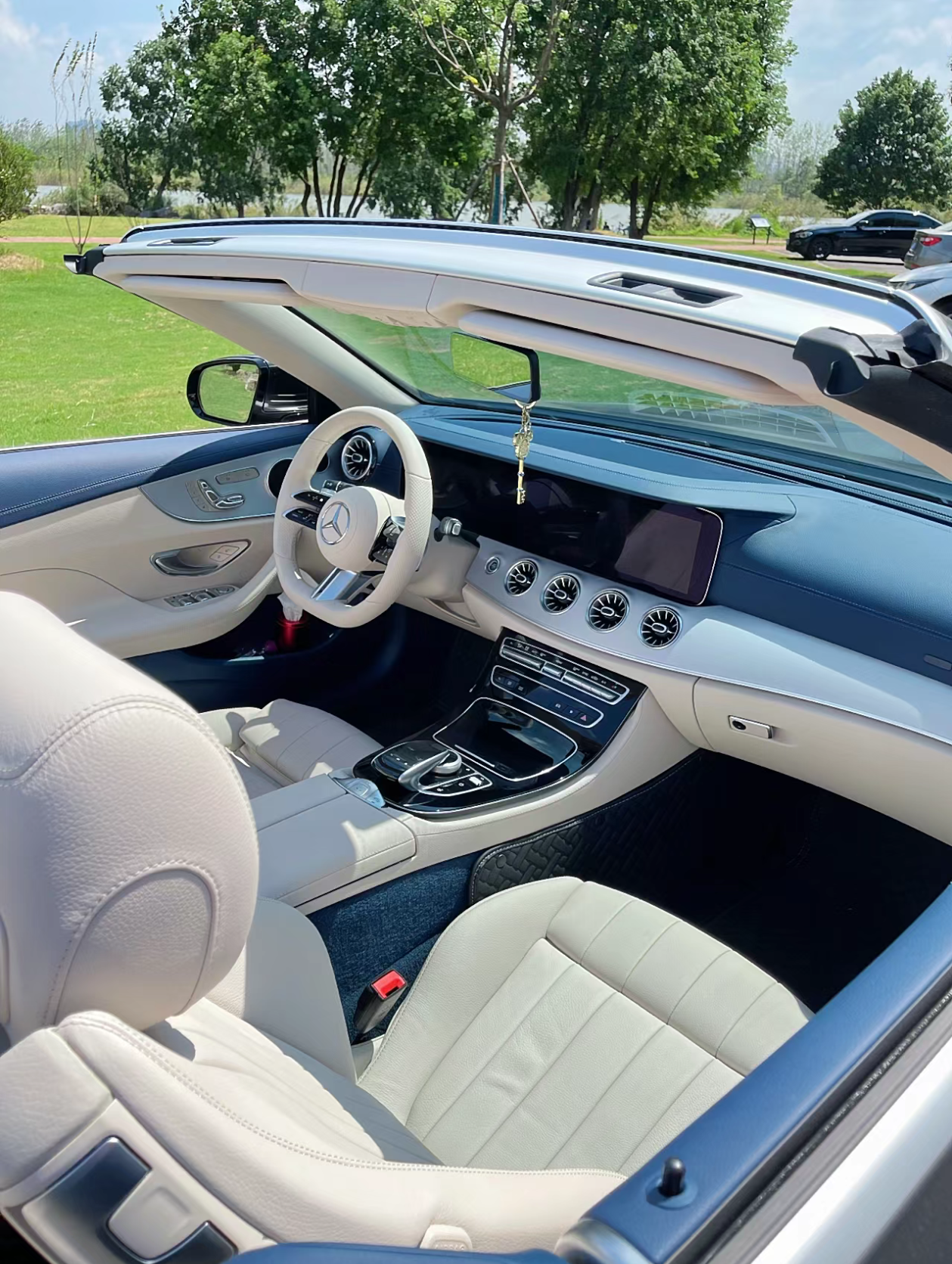
2. Microfiber PU Leather (Microfiber Leather)
This is currently the absolute workhorse and high-end standard in the automotive seat market.
Features:
Extreme Durability and Physical Properties:
Ultra-High Abrasion and Tear Resistance: The three-dimensional network structure formed by microfibers (mimicking dermal collagen) provides unparalleled skeletal strength. It easily withstands long-term riding, friction from clothing, and scratches from pets, ensuring an extremely long service life. Excellent flex resistance: For areas subject to frequent flexing, such as seat sides and armrests, microfiber leather can withstand hundreds of thousands of flexes without cracking or breaking, a feat unmatched by ordinary PU leather.
Excellent dimensional stability: No shrinkage or deformation, insensitive to changes in ambient temperature and humidity.
Top-notch tactile and visual luxury
Plump and soft feel: It offers a "flesh" and richness, yet is remarkably resilient, without the "plastic" or flimsy feel of typical faux leather.
Fake appearance: Through sophisticated embossing techniques, it perfectly replicates various premium leather textures (such as Nappa and lychee grain), resulting in rich, uniform color and significantly enhancing the luxurious feel of the interior.
Excellent functionality
Excellent breathability: The microporous PU layer and microfiber base fabric form a "breathable" system that effectively vents moisture and heat, ensuring comfort even after extended rides without feeling stuffy. The comfort level far exceeds that of ordinary PU leather. Lightweight: Lighter than genuine leather of comparable thickness and strength, contributing to overall vehicle weight reduction.
Excellent environmental performance and consistency
Absolutely uniform quality: Free from inherent leather defects such as scars, wrinkles, and color variations, significantly improving material efficiency and facilitating modern cutting and production.
Animal-friendly: No animal slaughter is involved, compliant with vegan principles.
Controllable production pollution: Pollution from the production process (particularly water-based PU technology) is more easily controlled than from the tanning process of genuine leather.
Easy to clean and maintain: The surface is dense and stain-resistant, surpassing genuine leather, making common stains easier to wipe clean.
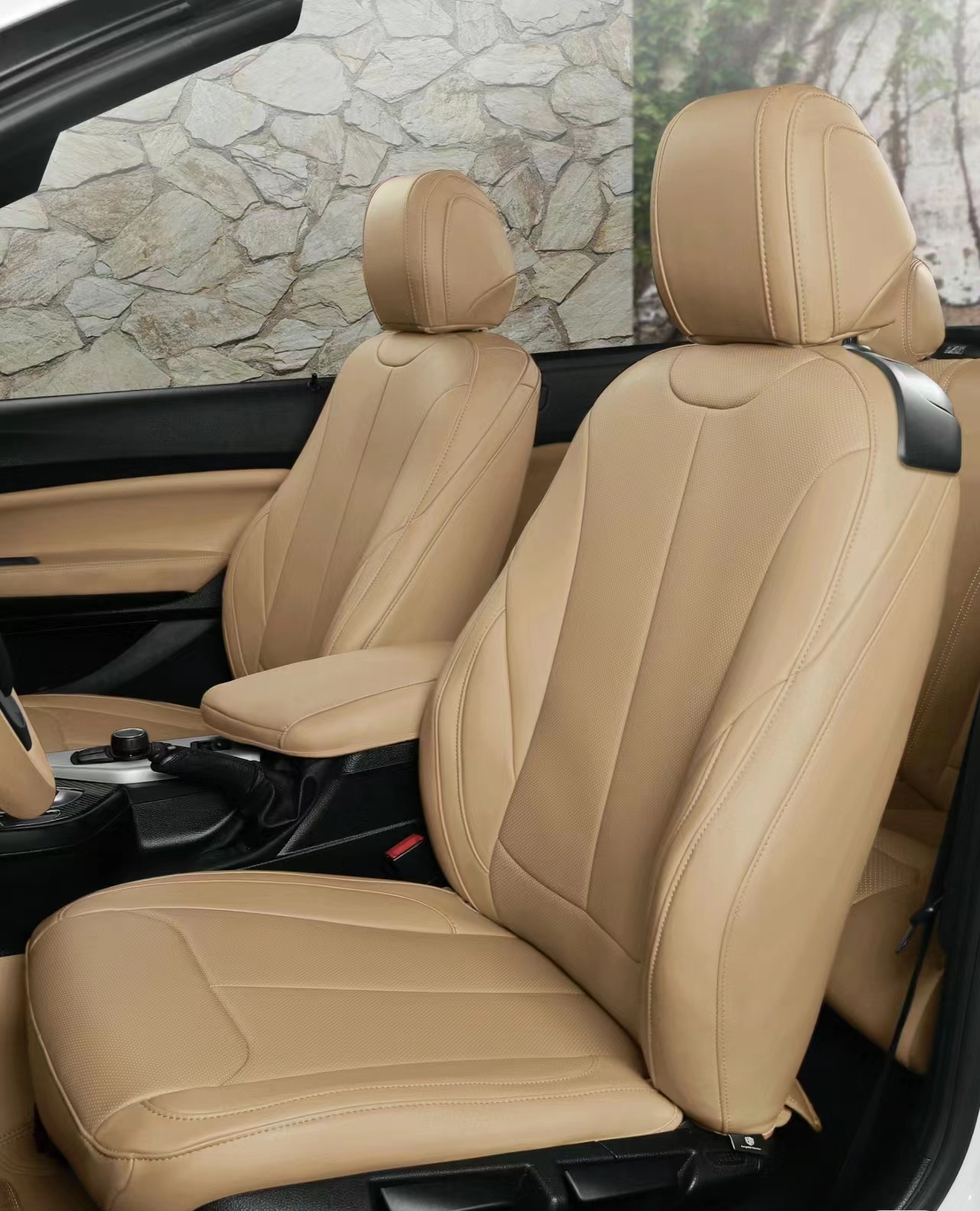
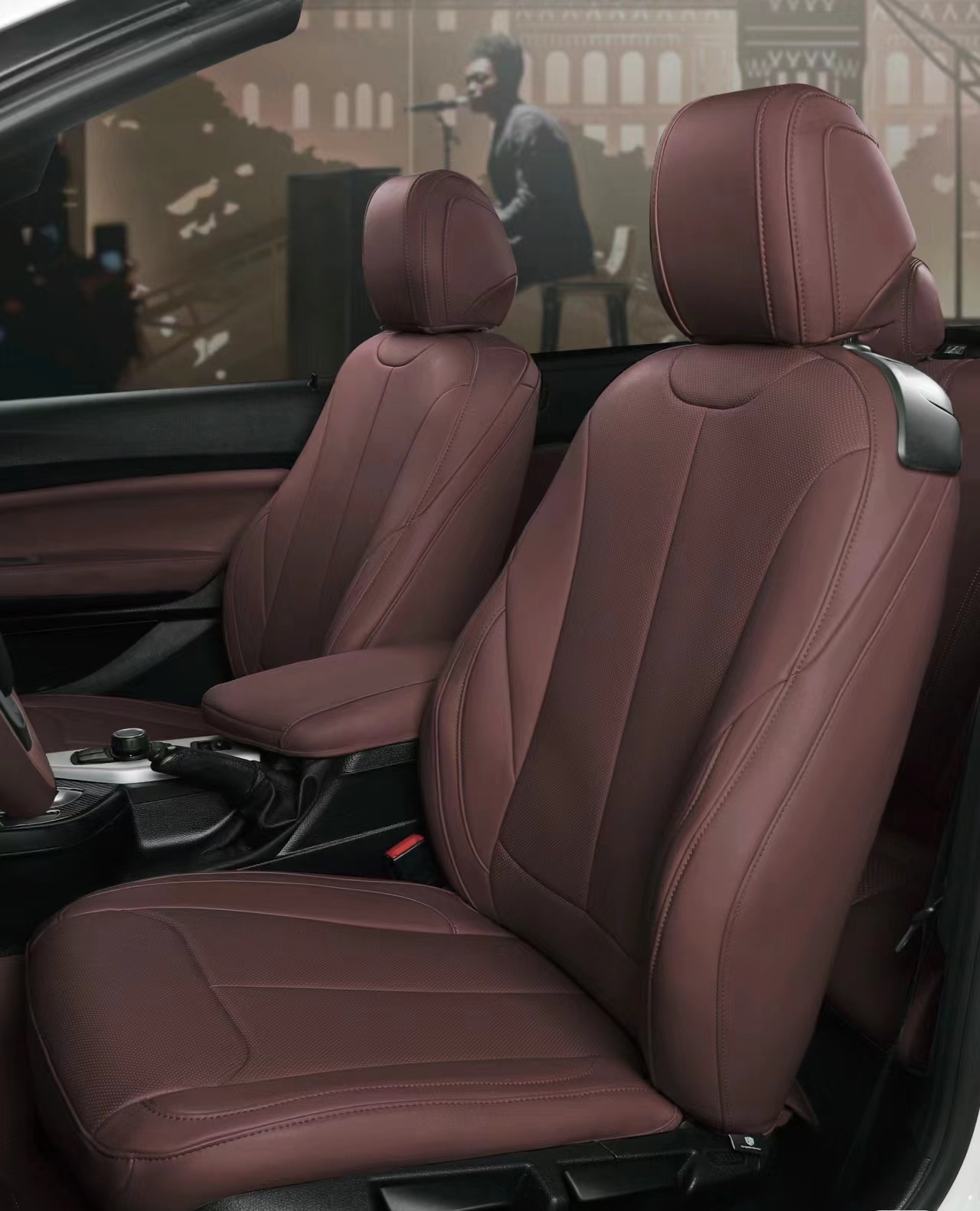
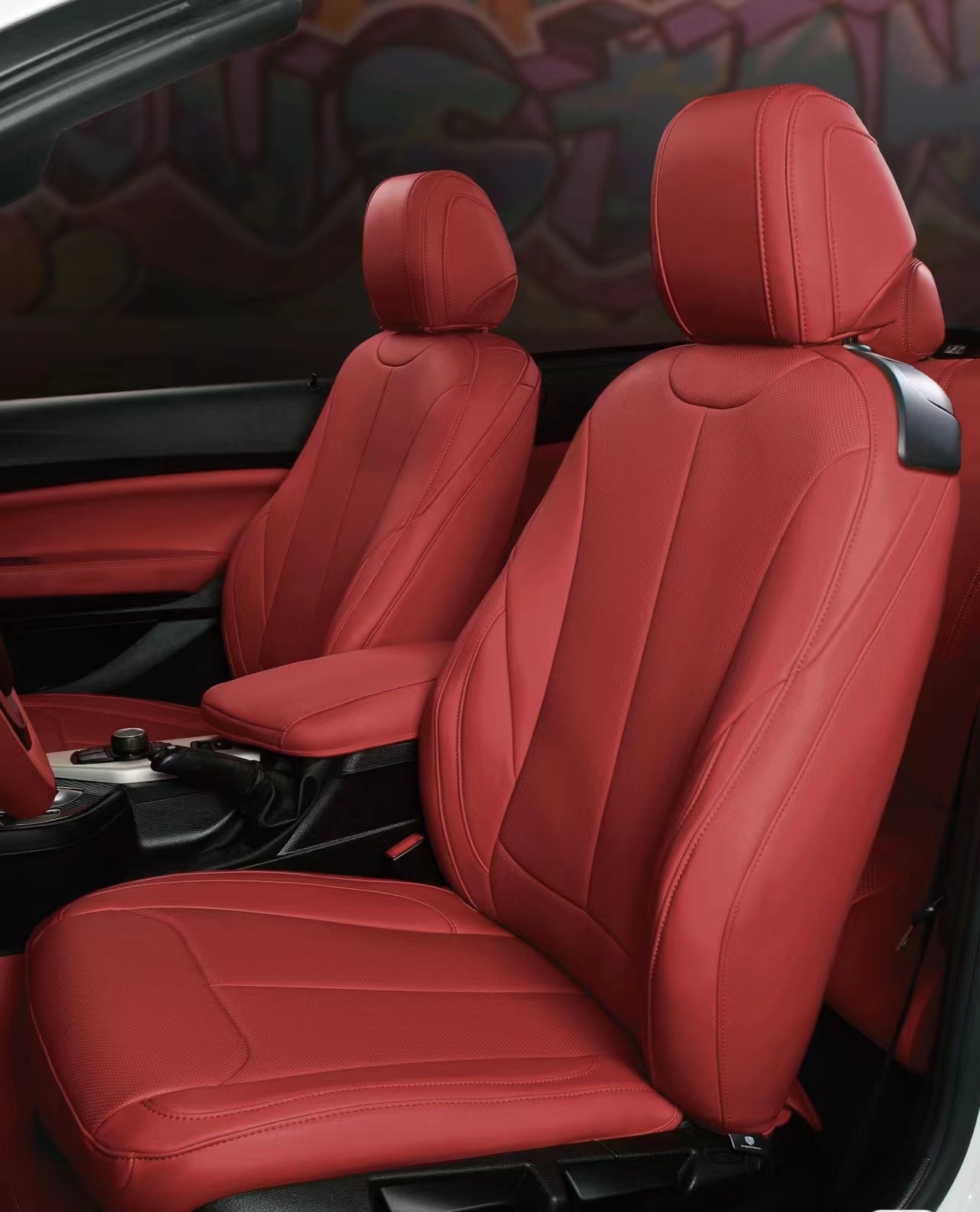
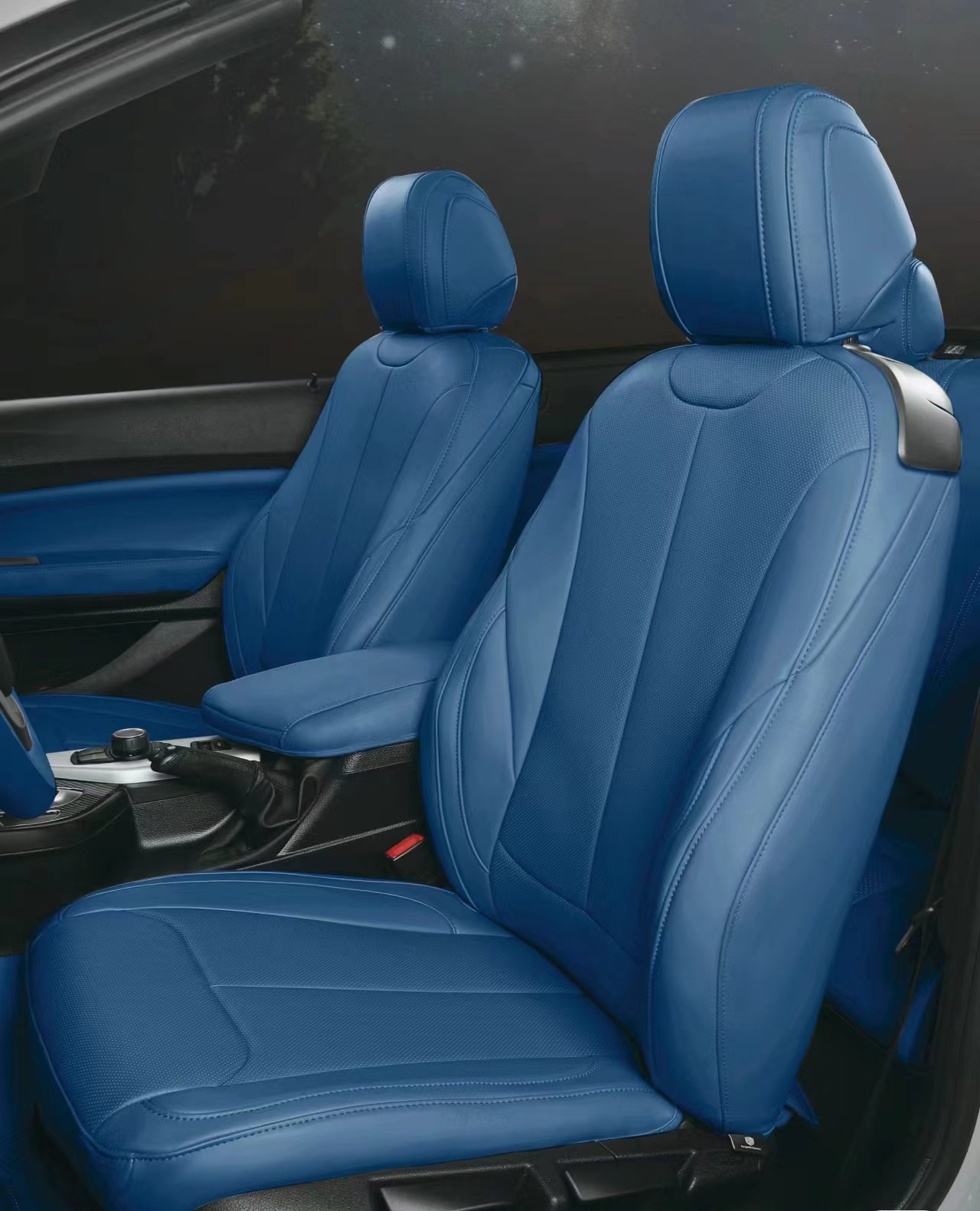
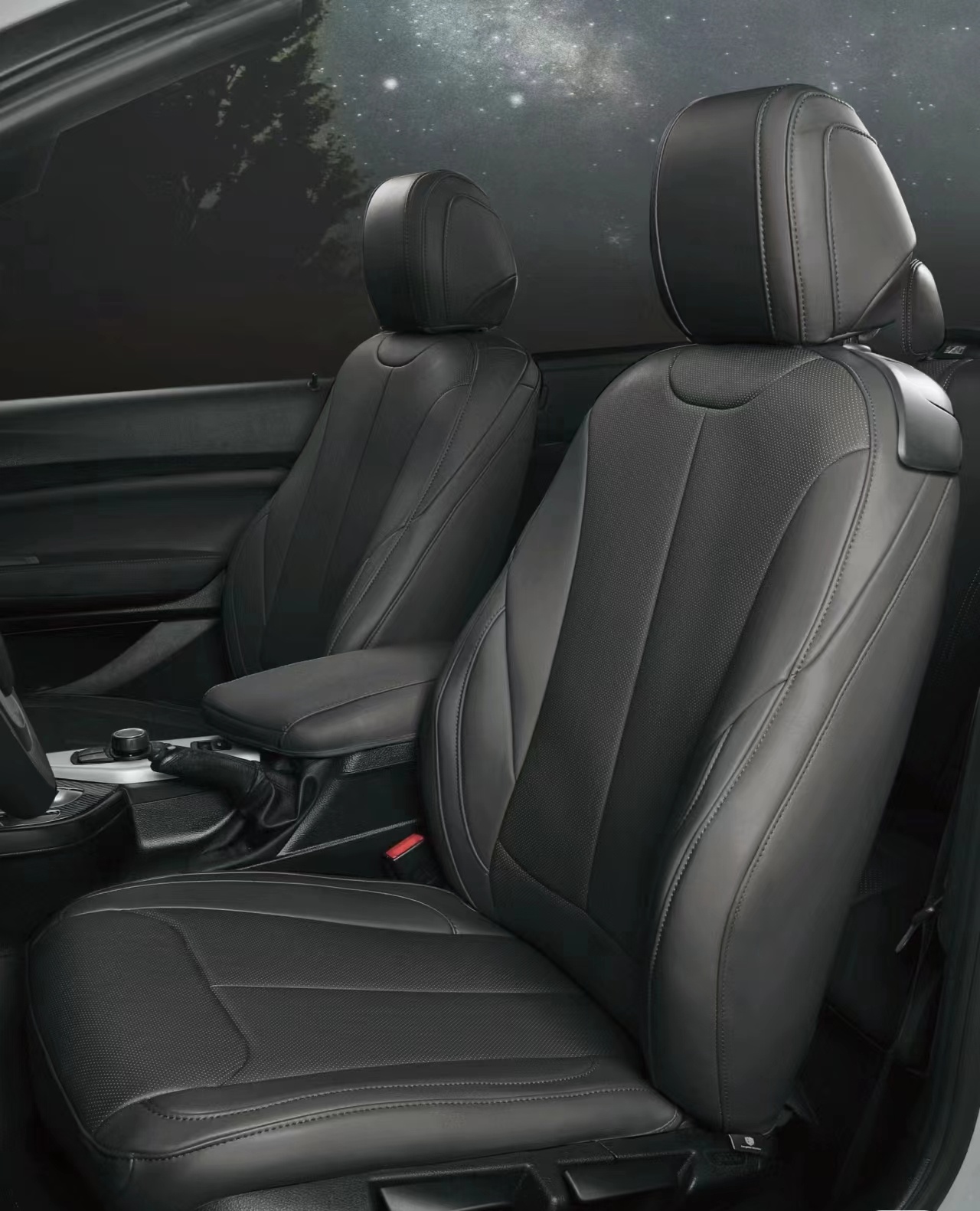
Post time: Aug-26-2025







